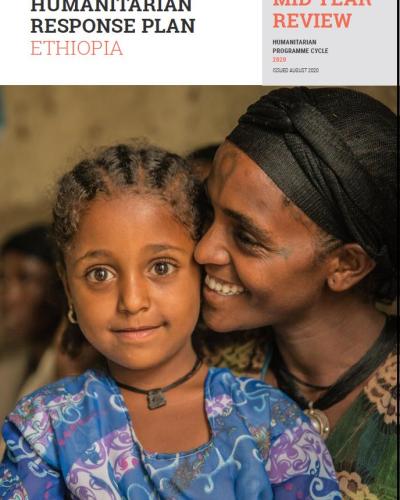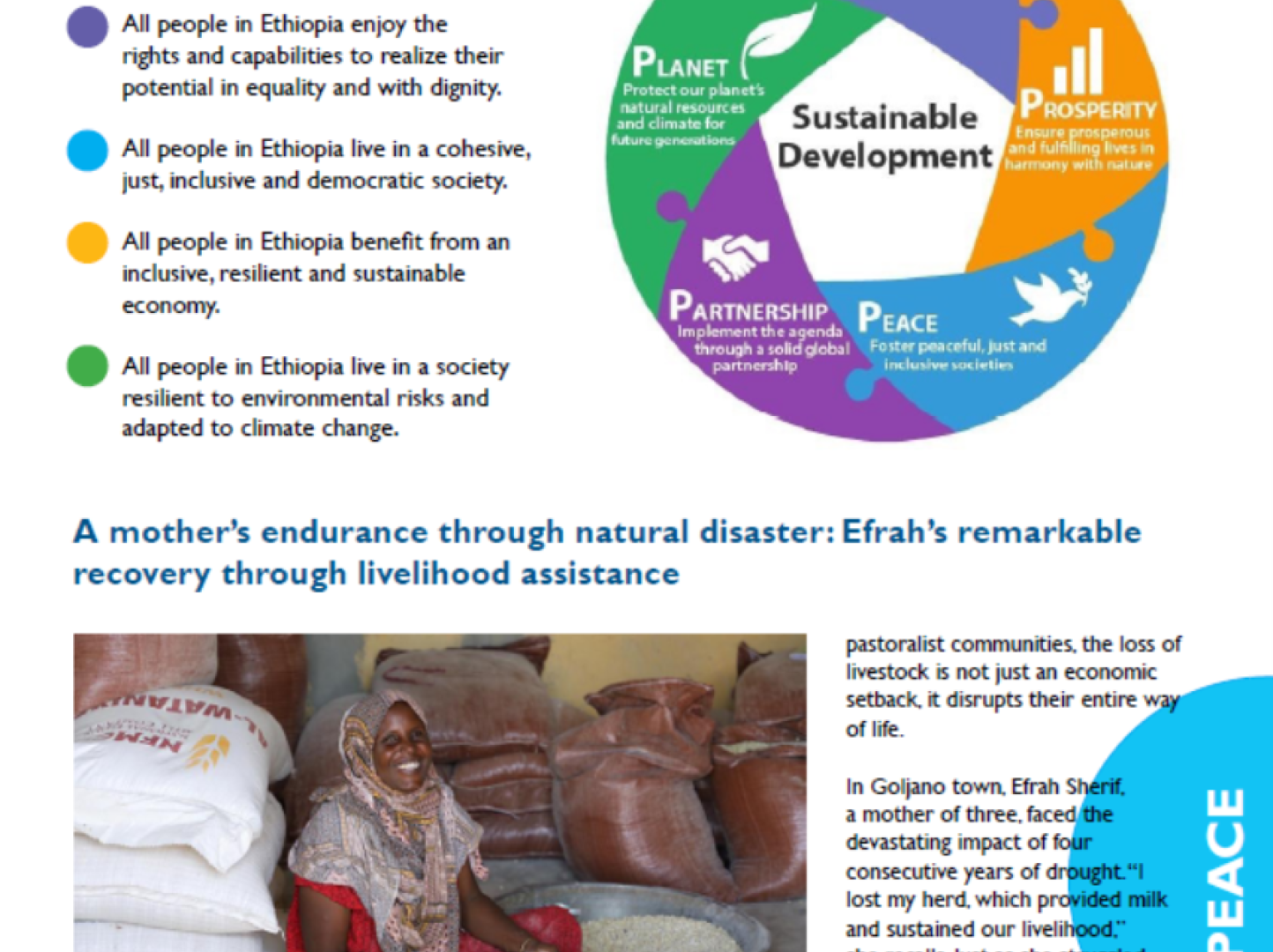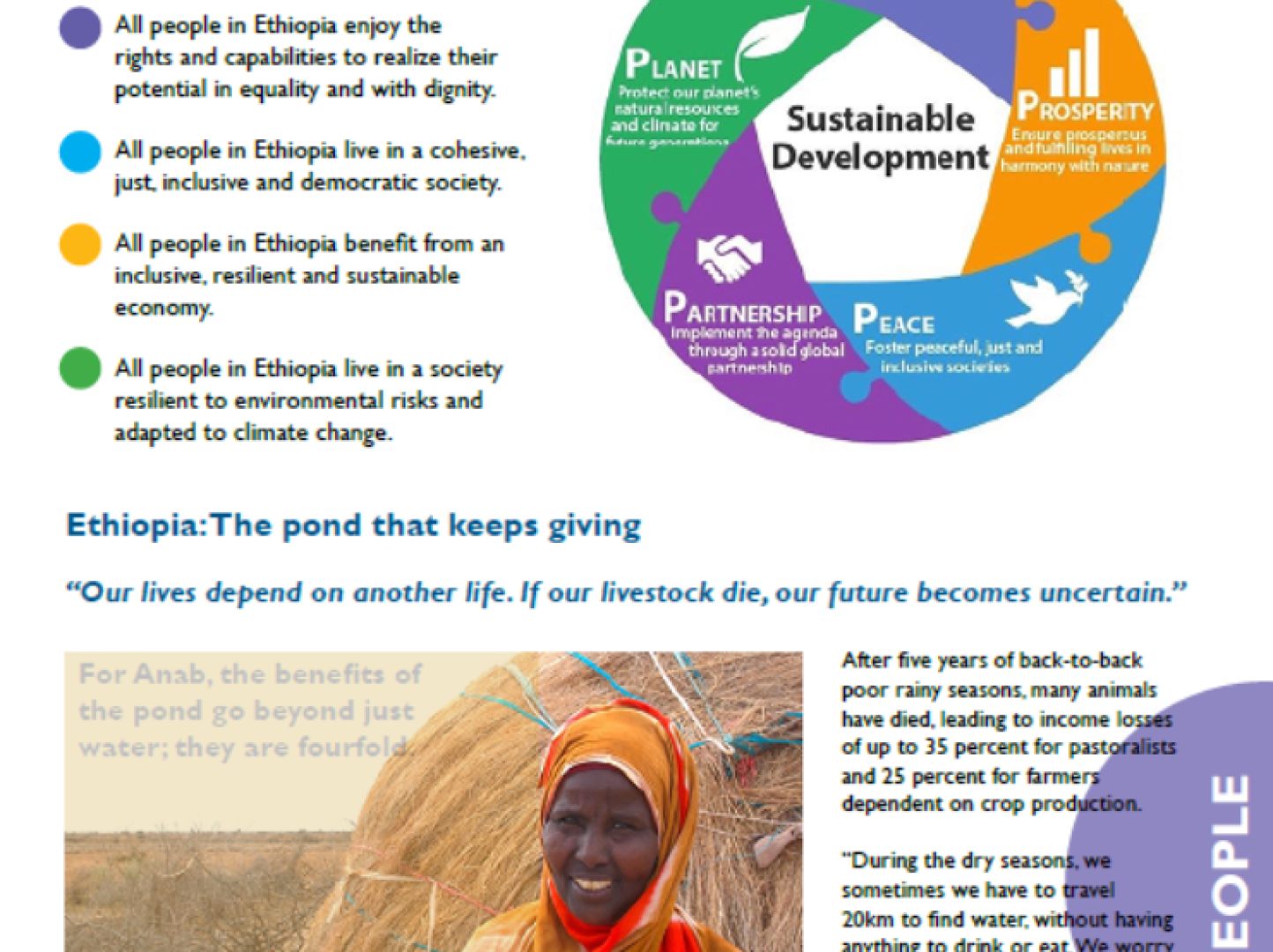The mid-year review of the 2020 Humanitarian Response Plan

Before the pandemic hit the country in March 2020, the major drivers of humanitarian need in Ethiopia were, and continue to be today, food insecurity, displacement, disease outbreaks, drought in some parts of the country and seasonal floods in others. In addition, the worst desert locust infestation reported in 25 years hit Ethiopia and neighboring countries in late 2019 and continues to affect many communities to date, leading to livelihood loss and food insecurity. COVID-19 deepened these already existing vulnerabilities.
The response to the virus has stretched weak health systems beyond capacity, with reports of shortages of oxygen and of beds. The six-fold increase in cases between June and August, as well as the first cases detected in Internally displaced people (IDP) settings are cause for concern. Internally displaced people/people in camp-like settings, along with women/ female-headed households, children, the youths, persons with disabilities, older people and the homeless are amongst the most vulnerable groups requiring special focus in the response and post-pandemic interventions. Other health outbreaks such as cholera, measles, yellow fever and polio should also not be overlooked.
Although it started as a health crisis, the pandemic evolved into a series of other co-pandemics. The necessary Government measures taken to prevent and control the spread of the virus disrupted schooling and economic activities, and limited movements and access to services. Many will continue to suffer from the long tail of social and economic disruptions even after the pandemic. For example, income losses as a result of limited economic activities and unemployment threatened the livelihoods of millions. Similarly, COVID-19 interrupted the learning of more than 26 million school-aged children across the country. We should continue to collectively work to mitigate its long-term impact, including ensuring alternative learning modalities reach and benefit all children equally such as poor families, IDP and refugee children as well as children with special needs. The psychological impact from the fear of the pandemic, the stress from income loss and the changes in family dynamics should also not be overlooked.
Today, more than ever, the Government and people of Ethiopia need the steadfast support from international partners. The country needs urgent additional financing to not only control the various co-pandemics before they further spread across the country, but to also mitigate the adverse long-term impact on the humanitarian context.
The mid-year review of the 2020 Humanitarian Response Plan seeks US$1.44 billion to assist 15.2 million people in the year 2020. The additional needs are mainly due to the impact of COVID-19, desert locust infestation, new displacement and wide spreading flooding. As I write today, the requirement is only 35 per cent funded, which is at its lowest in the last ten years.
Understanding the very difficult circumstances that all countries face, this is one time when shared responsibility and global solidarity is called for. Today, I call on all the friends and partners of Ethiopia to continue to affirm their support to the Government and people of Ethiopia during this context of greatest need. As always, I would like to take this opportunity to covey that the United Nations and dozens of non-governmental organizations are committed to support all people in Ethiopia during this crisis as we all strive to ensure that no one is left behind.
Dr Catherine Sozi,
Humanitarian Coordinator in Ethiopia




















